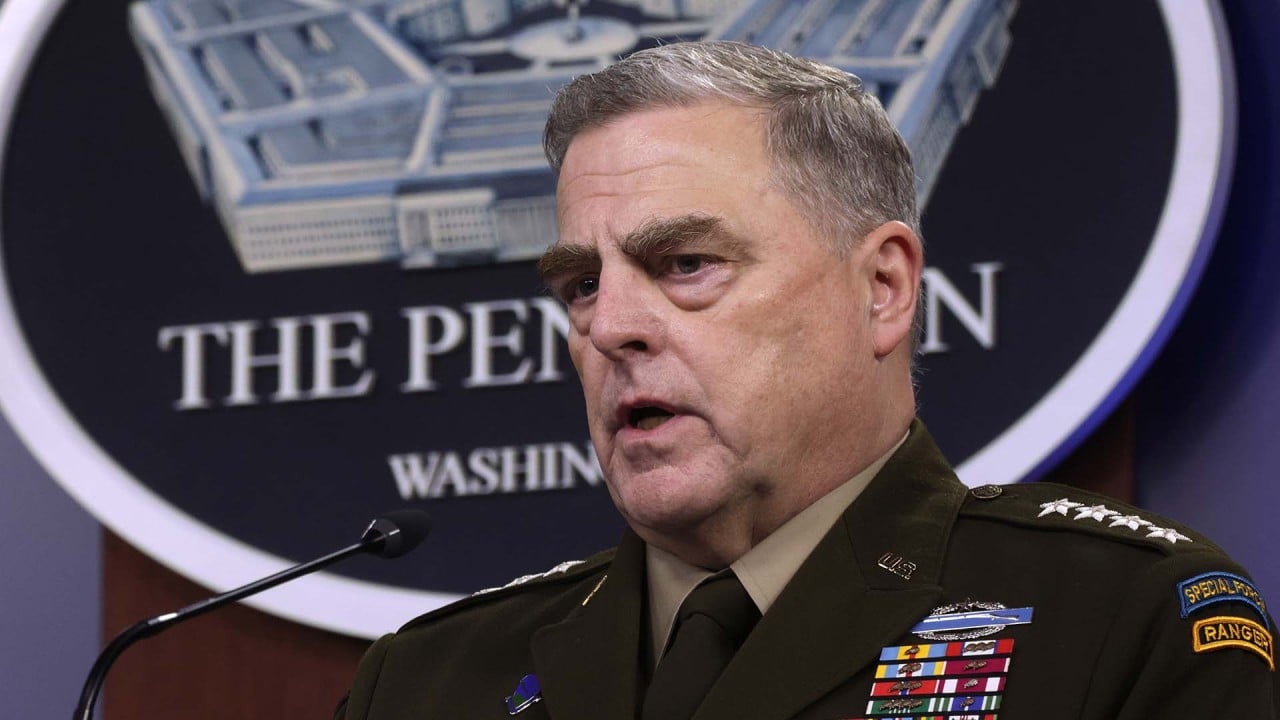
In hosting US B-52 bombers, Australia risks making itself a target for China
- Such misguided bravado will hurt Australia’s economy, which is heavily dependent on China, and increase the size of the target on Canberra’s back in the event of war
The bombers are a part of a broader A$1 billion (US$646 million) upgrade of defence facilities, which includes funding to expand both the US-Australian spy base at Pine Gap and the Tindal air force base, where a parking area for the aircraft is expected to be completed by 2026.
Defence analysts in Canberra have taken a tiered approach to establishing Australia’s role in securing US interests in the region, which has slowly evolved since the US pivot to Asia in 2011. US and Australian experts inherently believe Taiwan stands between Beijing and its ability to control the South China Sea and project power deep into the Pacific.

It is here that Australia’s strategic location will be used as an insurance policy by the US to position its air and maritime assets outside China’s current ballistic missile zone. The stationing of B-52 bombers at the Tindal airbase will allow the US to deliver long-range cruise and ballistic missiles targeting Chinese air and naval assets from a distance and with increasing ambiguity as to their location, making it harder for the PLA to track them in the event of a war.
No military base or spy listening post is off-limits, as the role defined for the B-52 nuclear-capable bombers is to act as “missile trucks” that can “safely stay outside the range of China’s air defences and launch cruise missiles”, according to the Lowy Institute. Northern Australia is being transformed into Guam 2.0, with many more agreements expected to station all three commands of the US forces, putting the country firmly in China’s sights.
But like adventure-seeking Anzacs (soldiers of the Australian and New Zealand Army Corps in World War I), unaware of what war really meant, Canberra must beware of seeking a thrill it is unprepared for, as each evolution in policy targeting China increases the size of the target on Australia’s back.
Sameed Basha is a defence and political analyst with a master’s degree in international relations from Deakin University, Australia


